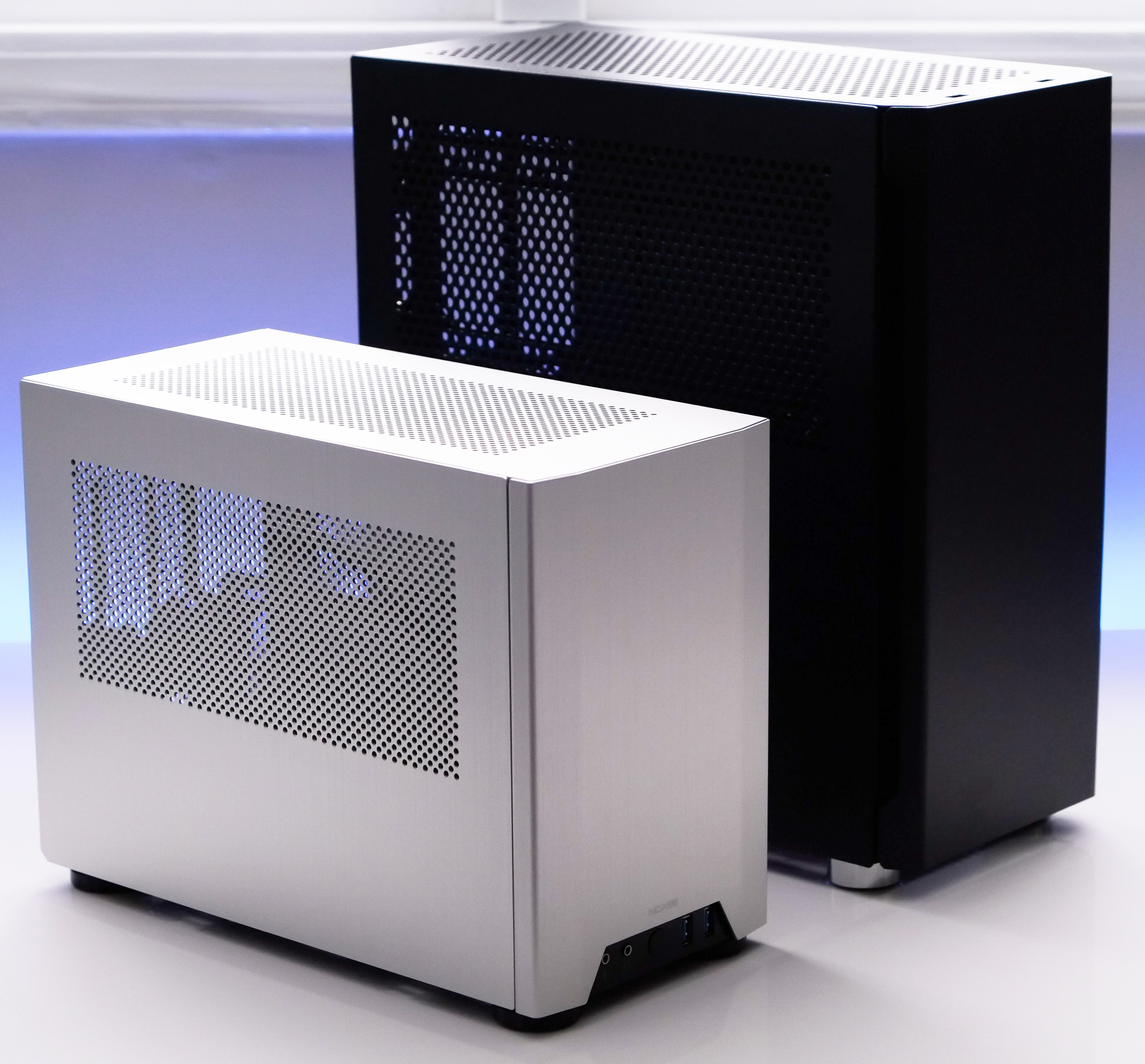Neapolitan6th
[H]ard|Gawd
- Joined
- Nov 18, 2016
- Messages
- 1,182
They also market a smaller ATX unit: the Cerberus X. It is just shy of 20 liters and would probably be the smallest you can practically get ATX. Wanted to share in case you needed the extra GPU slots, dimm slots, etc...Wow, I am really interested looks similar to the ncase m1 which I love. This might be the case for me.
I just started looking 5 mins ago. I already have an idea what I want but I dont think I'll reach 5k on it. Probably around 4k though, its mostly going to be a workstation to crunch simulations.

![[H]ard|Forum](/styles/hardforum/xenforo/logo_dark.png)
